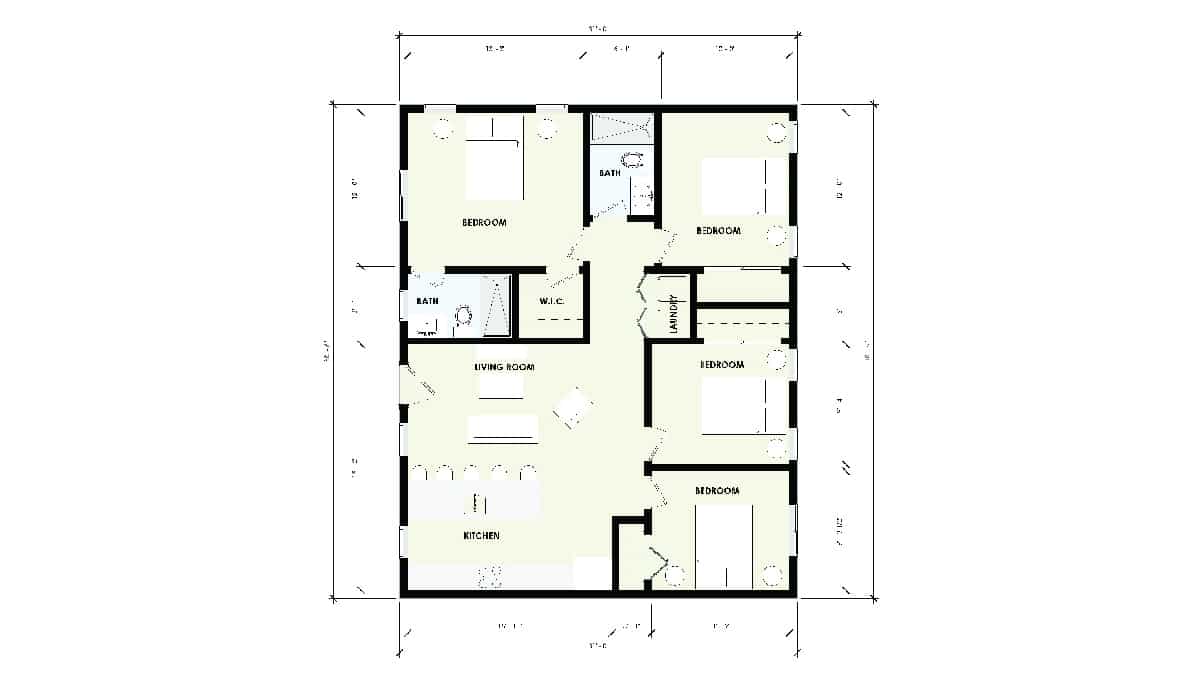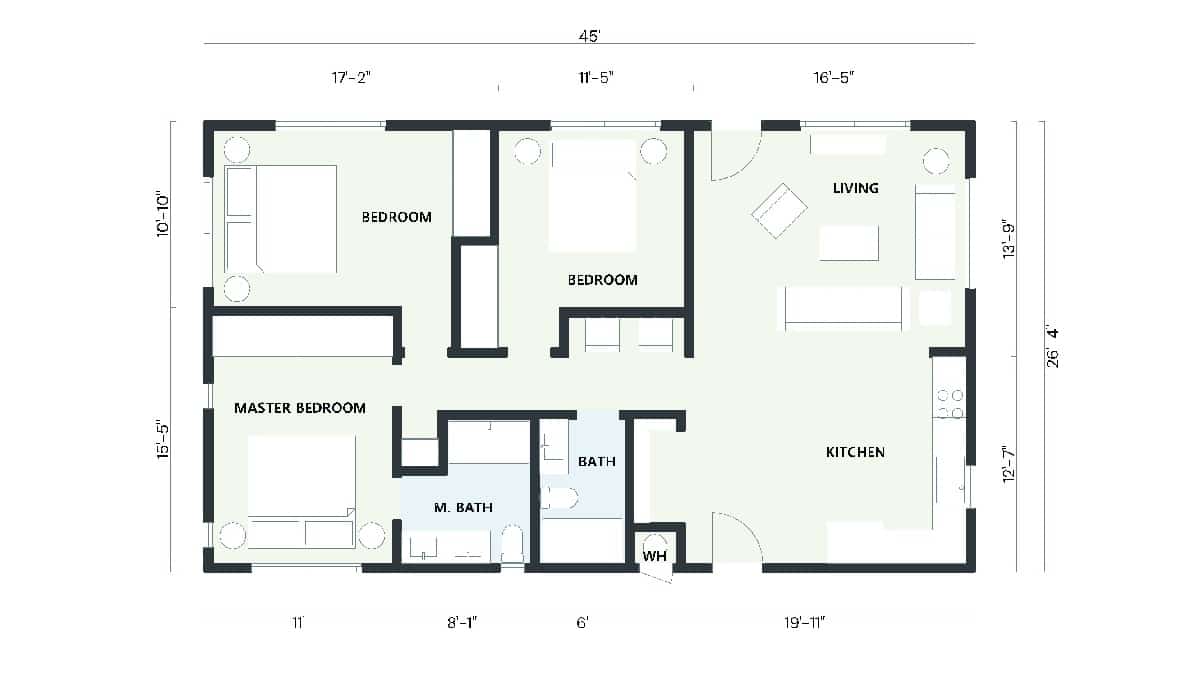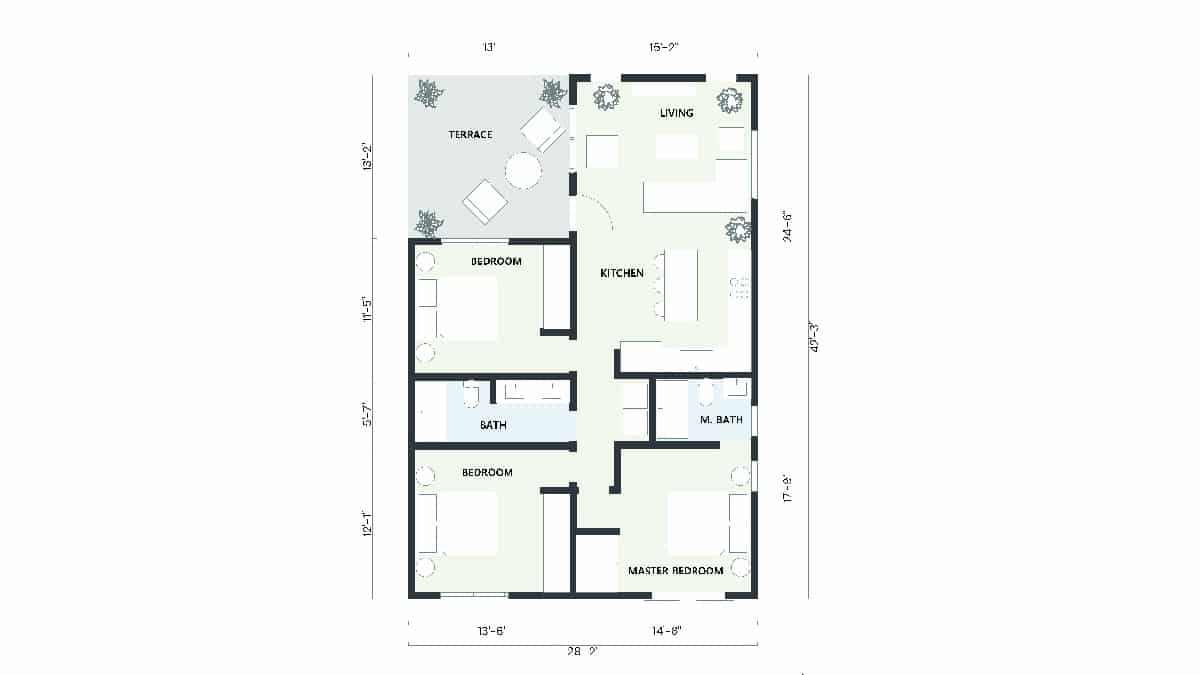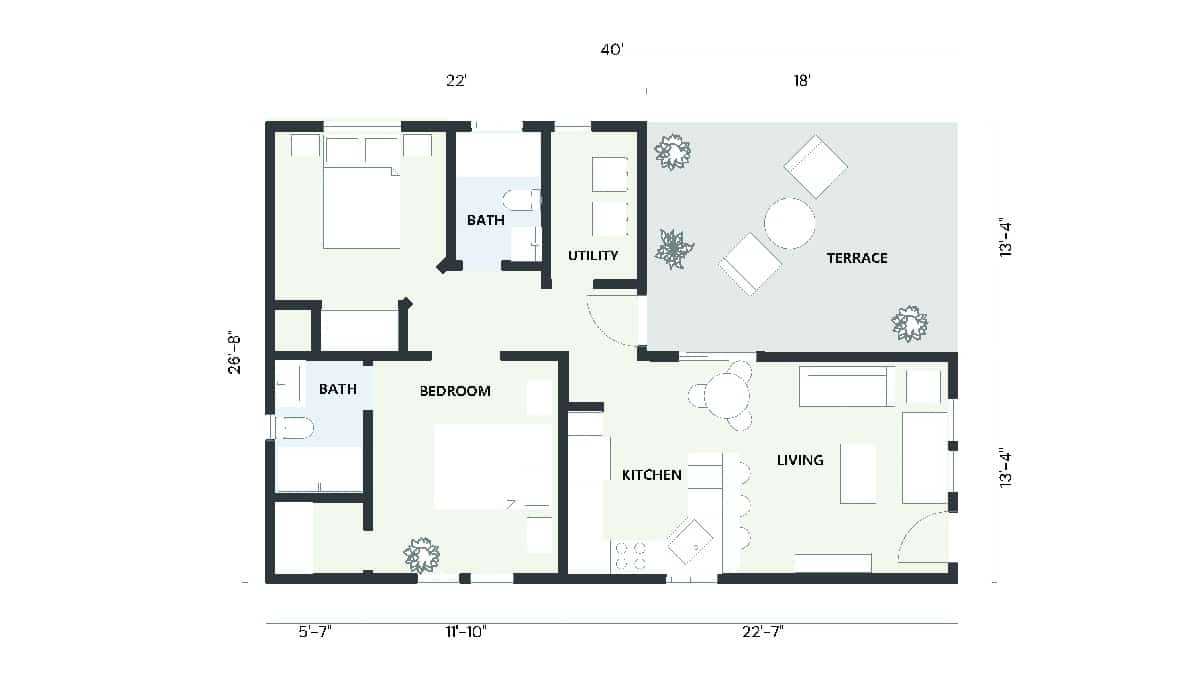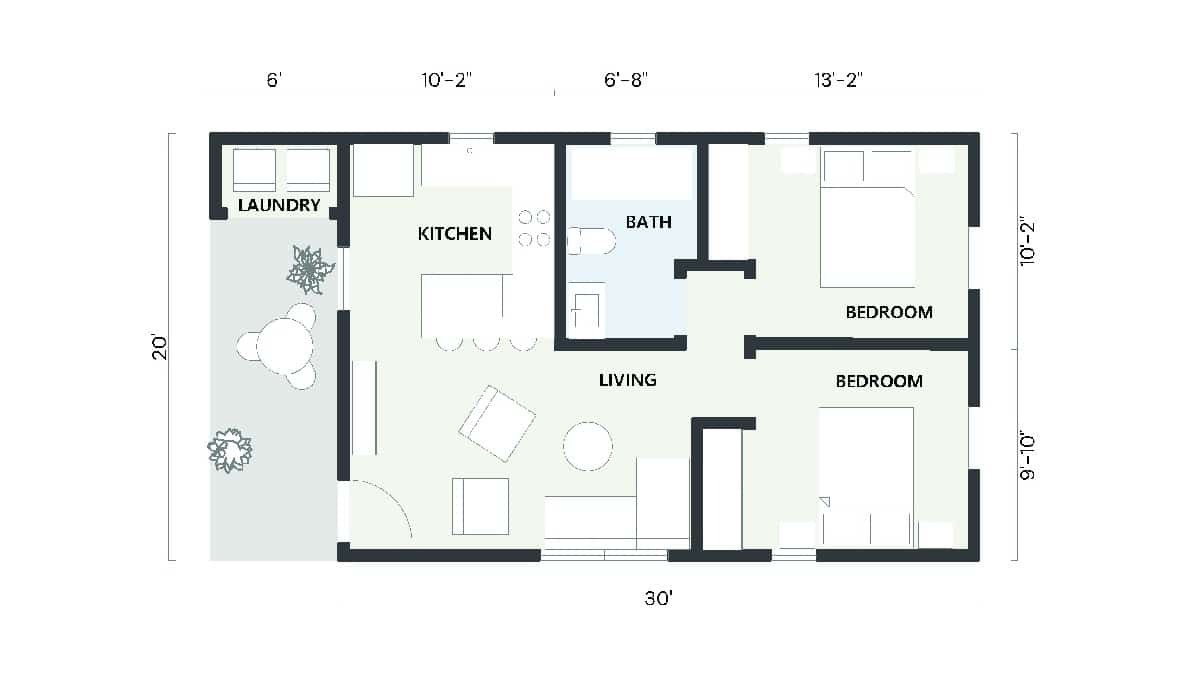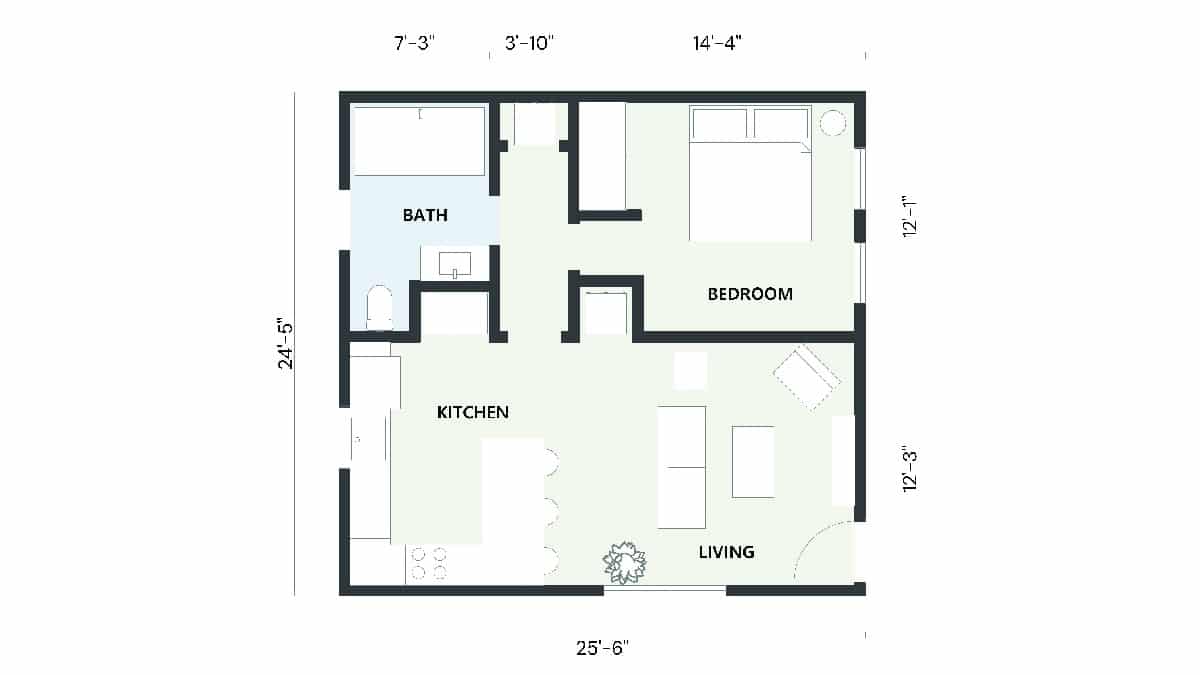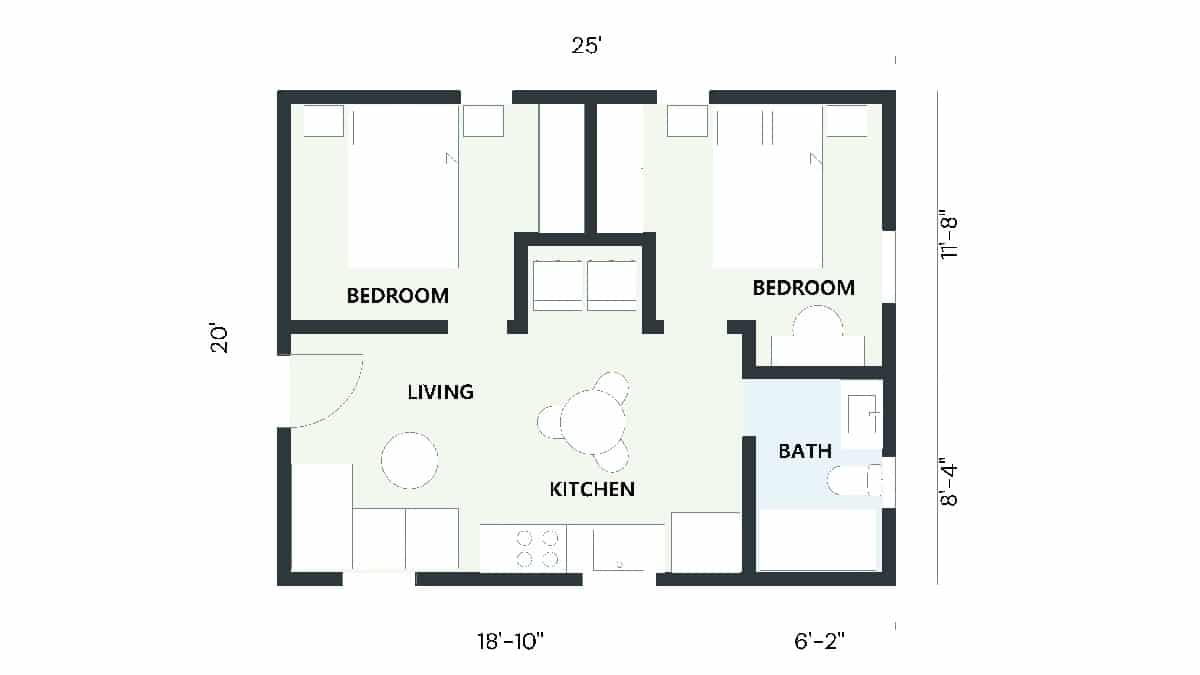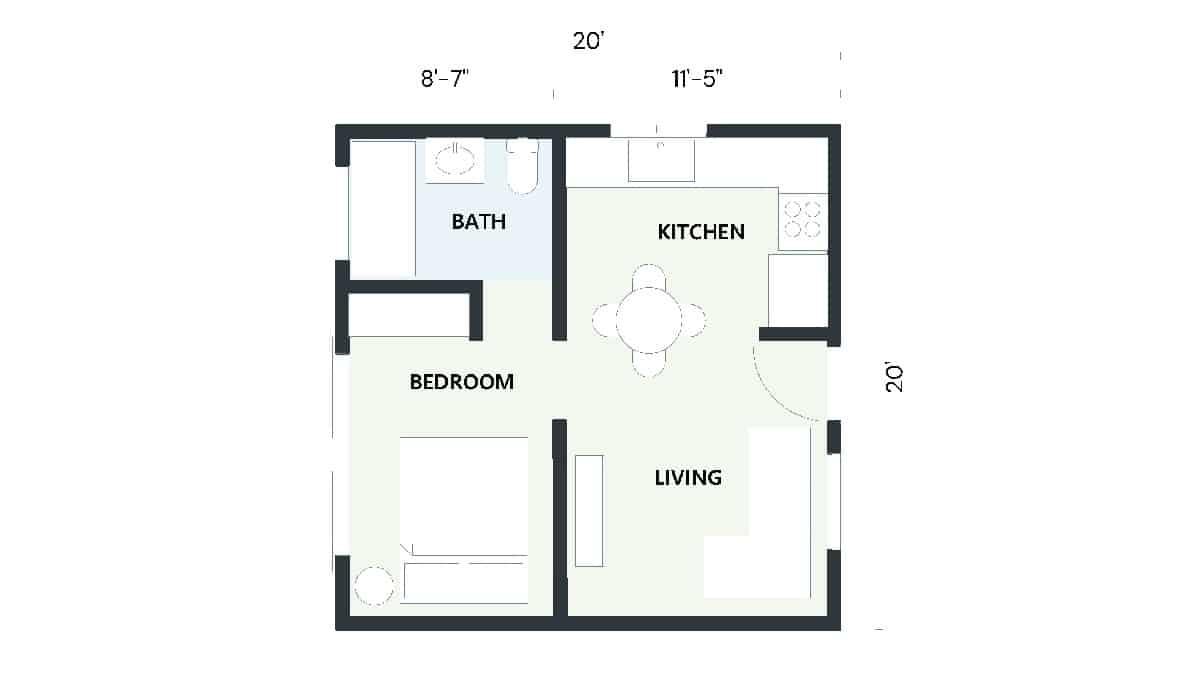Our vetted ADU floor plans
Explore our collection of custom ADU floor plans designed for San Diego homeowners. From studio ADU floor plans to 2 bedroom and 400 sq ft designs, we offer the perfect solution for your needs.
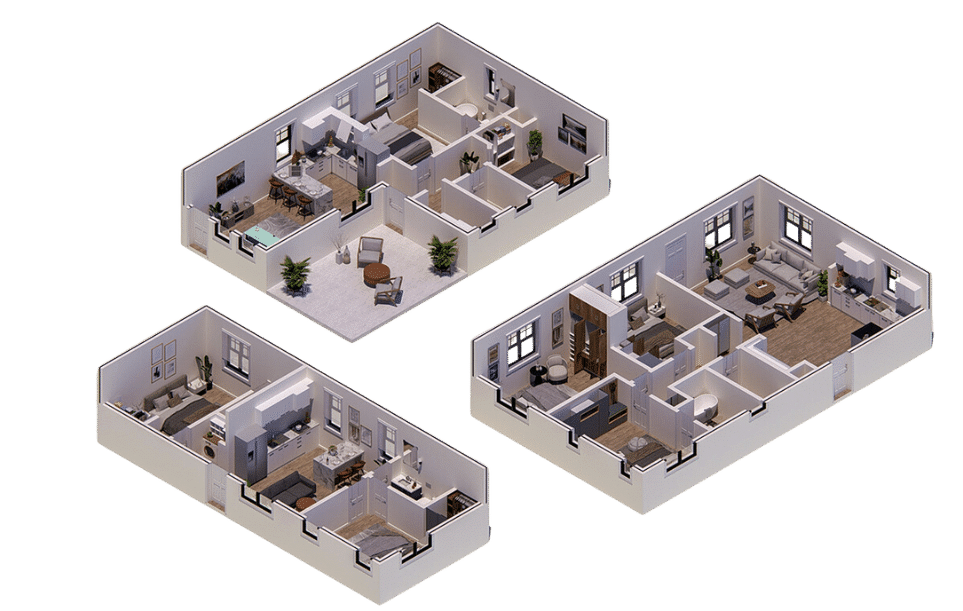
Sort by:
21 results

Free Estimate
Ready to build your ADU?
Schedule a free consultation
Consult with your project manager
Receive an estimate
ADU floor plans FAQs
All the answers to your ADU floor plans questions
Better Place Design & Build offers a wide range of customization options for ADU floor plans, including layout adjustments, architectural styles, and interior finishes. Whether you want a modern studio, a cozy guest house, or a multi-room unit, our contractors work closely with you to incorporate your ideas and preferences, resulting in a personalized ADU that meets your unique needs.
When choosing a studio ADU floor plan, consider factors such as the available space, your budget, and your intended use for the ADU. It's important to think about the layout, storage solutions, and natural light. Better Place Design & Build's contractors will guide you through these considerations, offering expert advice to create a floor plan that maximizes your space and meets your specific needs.
The cost of ADU (Accessory Dwelling Unit) plans varies based on complexity, size, and design needs, typically ranging from $5,000 to $15,000 for architectural plans. The design and planning stage can cost between $6,000 and $14,000, while custom engineering and design plans range from $8,000 to $13,000. Pre-made plans offer a more affordable option at around $5,000. Consulting services and permit fees add further costs, with consulting fees ranging from $8,000 to $12,000 and building permits from $2,000 to $10,000. Opting for an in-house provider with an architect can significantly reduce costs and streamline the process. An in-house team can offer bundled services, ensuring seamless integration of design and construction, which can lower the overall cost and simplify project management. This approach can be more cost-effective, reducing the need for multiple external consultants and ensuring all aspects of the project comply with local regulations efficiently. In summary, ADU plan costs can total between $5,000 and $30,000 or more, but working with an in-house provider can help manage and potentially lower these expenses.
Yes, you will need plans for your ADU (Accessory Dwelling Unit). Detailed plans are essential for obtaining a building permit and must include architectural drawings, site plans, and structural calculations. Many cities offer pre-approved plans to streamline the permitting process, saving time and reducing costs. However, pre-approved plans may still require property-specific modifications. If pre-approved plans do not meet your needs or if your property has unique requirements, custom plans created by an architect or designer may be necessary. In addition to the basic plans, you will need to provide other documents such as utility plans and required reports to ensure compliance with local building codes and zoning regulations. The permit application process involves submitting all required documents for review by the local building department to ensure the proposed ADU meets all safety and code requirements.
Using pre-approved ADU (Accessory Dwelling Unit) plans offers several key benefits, including cost savings, time efficiency, and ease of the permitting process. These plans can save homeowners significant amounts on design fees and lower permitting costs since they are already reviewed by city planners. The permitting process is expedited, reducing the time it takes compared to custom plans. Pre-approved plans simplify the process by providing a detailed overview and walkthrough, reducing the risk of errors and ensuring code compliance. They offer design flexibility with various options and minor customizations while ensuring regulatory compliance. Additionally, many cities provide these plans for free or at reduced costs, making them accessible to more homeowners. This combination of benefits makes pre-approved ADU plans an attractive option for adding an ADU to your property.
The ideal size for an Accessory Dwelling Unit (ADU) depends on its intended use, budget, local zoning regulations, and available property space. Generally, ADUs range from 600 to 1,200 square feet. For family use or long-term living, a larger unit of 700 to 1,200 square feet is suitable, while smaller units of 400 to 600 square feet work well for rentals or accessory uses like home offices. Local regulations often set the maximum size, with many areas allowing up to 1,200 square feet for detached ADUs and up to 50% of the main home’s square footage for attached ADUs. Budget is a critical factor, as larger ADUs cost more to build. Balancing size with intended use, budget, and compliance with local regulations will help determine the best ADU size for your needs.
For an ADU in San Diego, a bathroom should be at least 5 feet by 8 feet to comfortably fit a toilet, sink, and shower. Smaller half-baths can be around 3 feet by 6 feet. If accessibility is required, ensure the bathroom is large enough for wheelchair access. Local codes mandate proper ventilation and compliance with the California Building Standards Code. For better comfort, a 6 feet by 8 feet bathroom is ideal, with efficient design elements to maximize space. Consulting a local architect or contractor can ensure your bathroom meets all requirements.
In San Diego, a full kitchen in an ADU (Accessory Dwelling Unit) must include a sink with running water and a drain, a stove or range top for cooking, a refrigerator for food storage, and countertops and cabinetry for food preparation and storage. These requirements ensure the kitchen is fully functional and independent, providing all necessary facilities for cooking and food preparation.
The smallest ADU (Accessory Dwelling Unit) allowed in San Diego is 150 square feet. This minimum size requirement ensures the unit provides adequate living space while adhering to local building codes and regulations.
An ADU (Accessory Dwelling Unit) typically does not count as part of the main home's square footage. Instead, it is considered a separate entity. For instance, if you have a 2,500 square foot house and add a 1,200 square foot ADU, the property is still listed as a 2,500 square foot house with an additional 1,200 square foot ADU. This distinction is crucial for property valuation and compliance with local regulations. While the ADU adds value to the property, it is appraised and marketed separately from the main home's square footage.

